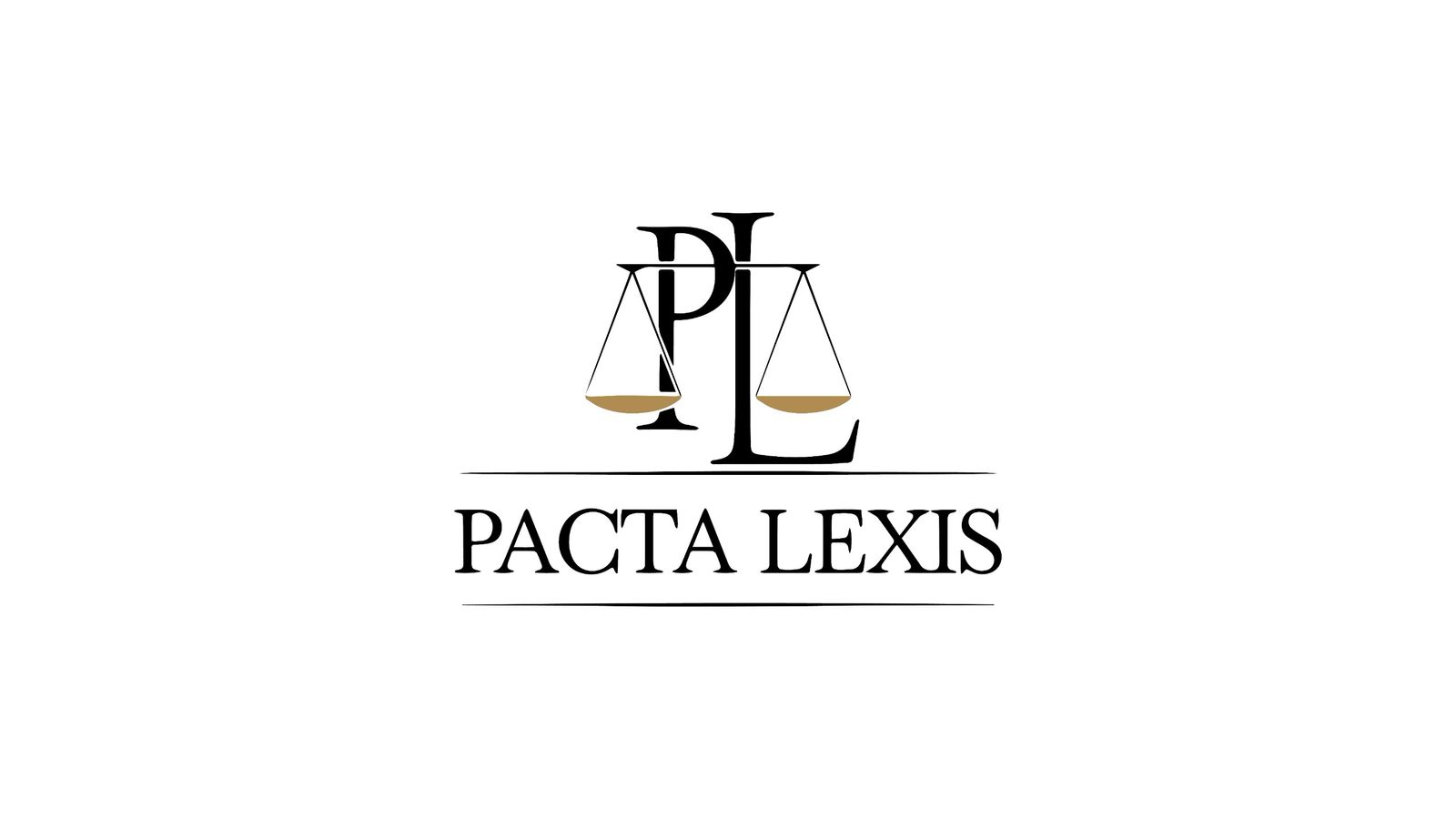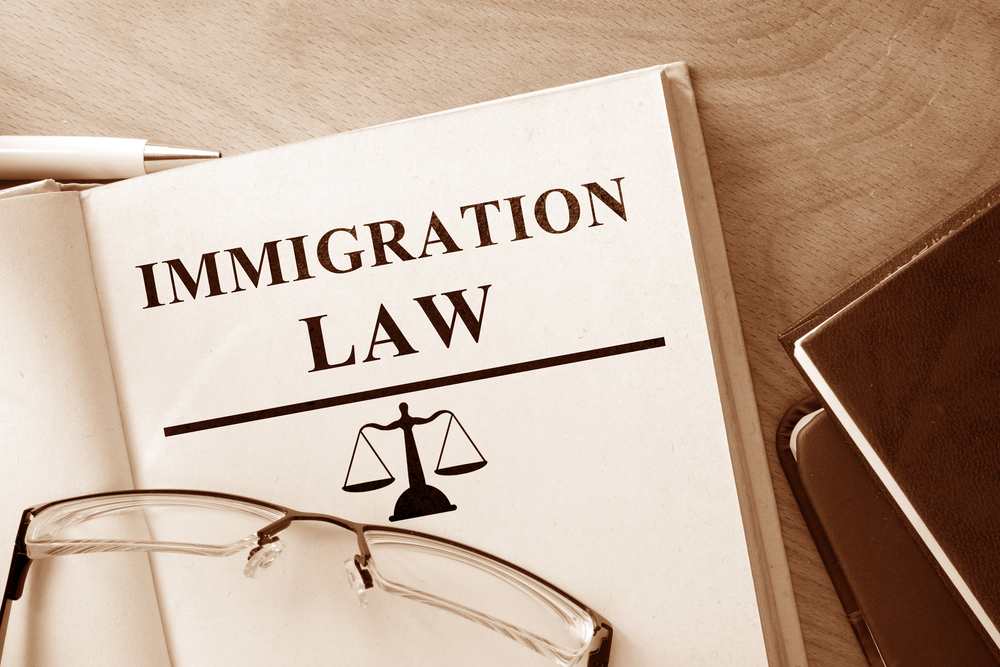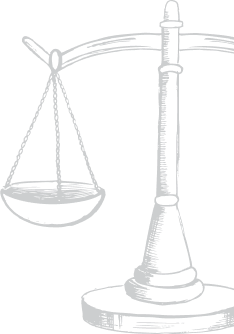Executive Summary
Migration and displacement are increasingly shaped by geopolitical crises, conflict, climate change, and economic instability. International legal frameworks provide protections for refugees and cross-border migrants, but enforcement gaps, inconsistent national policies, and politicization of migration impede effective implementation. This brief examines contemporary challenges, evaluates existing legal instruments, and proposes policy measures to harmonize migration governance while upholding human rights.
Current Context
- Global Migration Trends
- According to UNHCR (2025), over 110 million people are displaced worldwide, including refugees, asylum seekers, and internally displaced persons.
- Conflicts in Ukraine, Afghanistan, Syria, and Africa have triggered mass displacement, creating urgent demands for cross-border legal protections.
- International Legal Frameworks
- 1951 Refugee Convention & 1967 Protocol: Define refugee status, rights, and obligations of states.
- Global Compact for Safe, Orderly, and Regular Migration (GCM, 2018): Provides a non-binding framework for cooperative migration governance.
- Regional Instruments:
- EU’s Dublin Regulation regulates asylum applications among member states.
- African Union’s Kampala Convention protects internally displaced persons.
- National Implementation Challenges
- States vary widely in defining refugee status, eligibility for protection, and procedural safeguards.
- Migrant rights are often subordinated to security and border control priorities.
- Climate-induced migration is largely unaddressed under existing refugee frameworks.
Key Legal and Policy Challenges
- Non-Uniform Application of Refugee Law: Different criteria for asylum and protection create “protection gaps.”
- Border Security vs. Human Rights: States prioritize security over obligations to provide asylum, leading to pushbacks and detention.
- Climate Migration: Existing legal instruments do not recognize climate-displaced persons, leaving millions without protection.
- Forced Returns and Statelessness: Lack of documentation and legal status creates risks of statelessness or deportation to unsafe areas.
- Geopolitical Tensions: Migration flows are often politicized, affecting humanitarian access and international cooperation.
Comparative Insights
| Region / Jurisdiction | Approach to Migration Law |
| European Union | Dublin Regulation, Temporary Protection Directive for Ukrainian refugees (2022), challenges with uneven burden-sharing. |
| Pakistan | Host to over 1.5 million Afghan refugees; Refugee Act not yet fully enacted, relies on executive arrangements and UNHCR guidance. |
| United States | Asylum policies subject to frequent changes; “Title 42” pandemic-related restrictions highlighted tension between health, security, and human rights. |
| African Union | Kampala Convention recognizes rights of internally displaced persons; implementation varies by member state. |
Policy Recommendations
- Harmonization of Refugee and Migrant Laws
- Encourage states to adopt consistent refugee status determination procedures and non-refoulement principles.
- Integration of Climate Migration Protections
- Amend national and regional legal frameworks to recognize and protect climate-displaced persons.
- Strengthen International Cooperation
- Regional burden-sharing arrangements, enhanced collaboration with UNHCR and IOM, and standardized cross-border procedures.
- Human Rights-Based Border Management
- Ensure border enforcement practices comply with international human rights obligations, minimizing detention and forced returns.
- Capacity Building for Legal and Humanitarian Institutions
- Train immigration officers, judges, and lawyers on international refugee law and human rights standards.
- Digital Documentation and ID Systems
- Implement secure digital identity systems for refugees and migrants to prevent statelessness and facilitate access to services.
Implications for Stakeholders
- States: Must balance border management with international legal obligations; proactive legal frameworks improve compliance and reduce protection gaps.
- International Organizations: Provide technical, legal, and humanitarian support; monitor compliance and coordinate emergency response.
- Civil Society & NGOs: Advocate for protection, monitor human rights violations, and support legal aid for migrants.
- Legal Practitioners: Key role in strategic litigation, policy advising, and drafting national legislation aligned with international obligations.
Conclusion
Migration is a defining challenge of the 21st century, intertwined with geopolitics, conflict, and climate change. Effective protection for refugees and cross-border migrants requires harmonized laws, international cooperation, and proactive policy interventions. Strengthening legal frameworks and integrating climate and human rights considerations will ensure migration management protects both state interests and human dignity.
References
- UNHCR, Global Trends: Forced Displacement in 2025, https://www.unhcr.org/statistics
- UN, Global Compact for Safe, Orderly and Regular Migration, 2018: https://www.un.org/en/global-compact-migration
- African Union, Kampala Convention for the Protection and Assistance of Internally Displaced Persons, 2009: https://au.int/en/treaties/kampala-convention
- European Commission, Dublin Regulation & Temporary Protection Directive, 2022 update.
- Pakistan Ministry of States & Frontier Regions (SAFRON), Afghan Refugee Policy, 2023.














